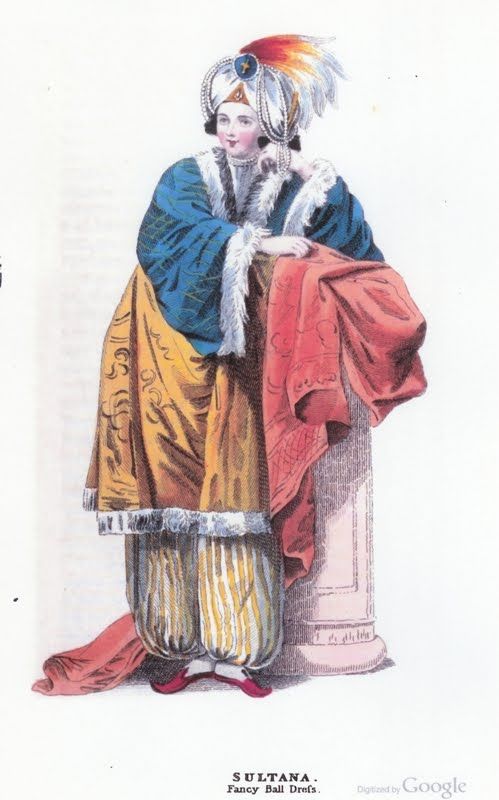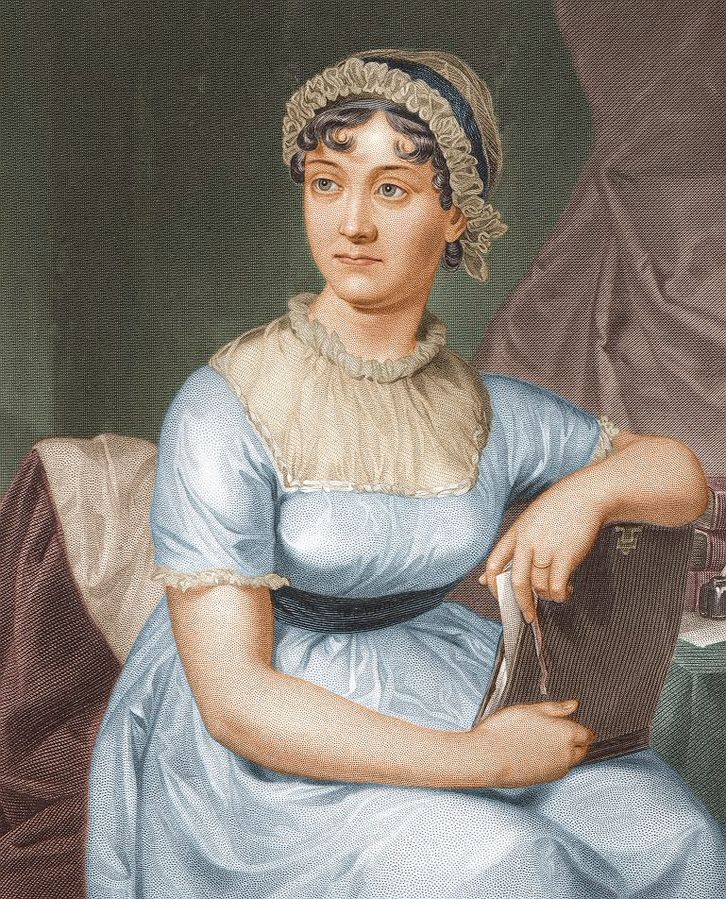Masquerade Balls

Masquerade balls were every bit as popular in the Regency as our romances lead us to believe. Just take a look at R. Ackermann’s Repository of Fashions for 1829. He includes several different costumes for “masquerade or fancy ball dress,” most of which are demure historical costumes for various centuries and one for a lavishly gowned “Sultana” (but sadly, no scantily clad houris). Although there are no masks in his pictures, there are plenty of mentions of masks in other period literature, so clearly they were sometimes worn. That’s a good thing, because it makes for great fun to have a hero unmask a heroine in our books.




